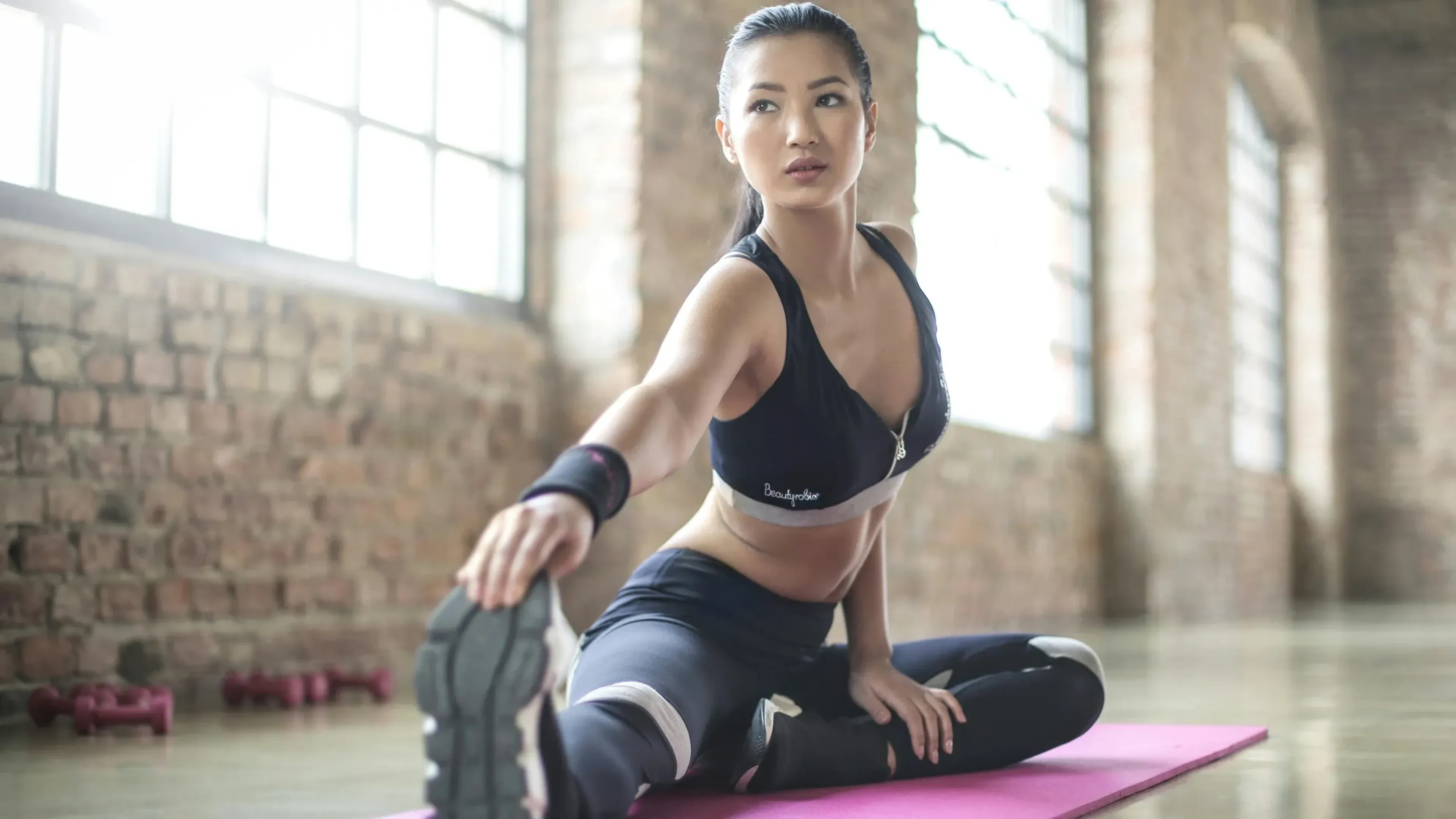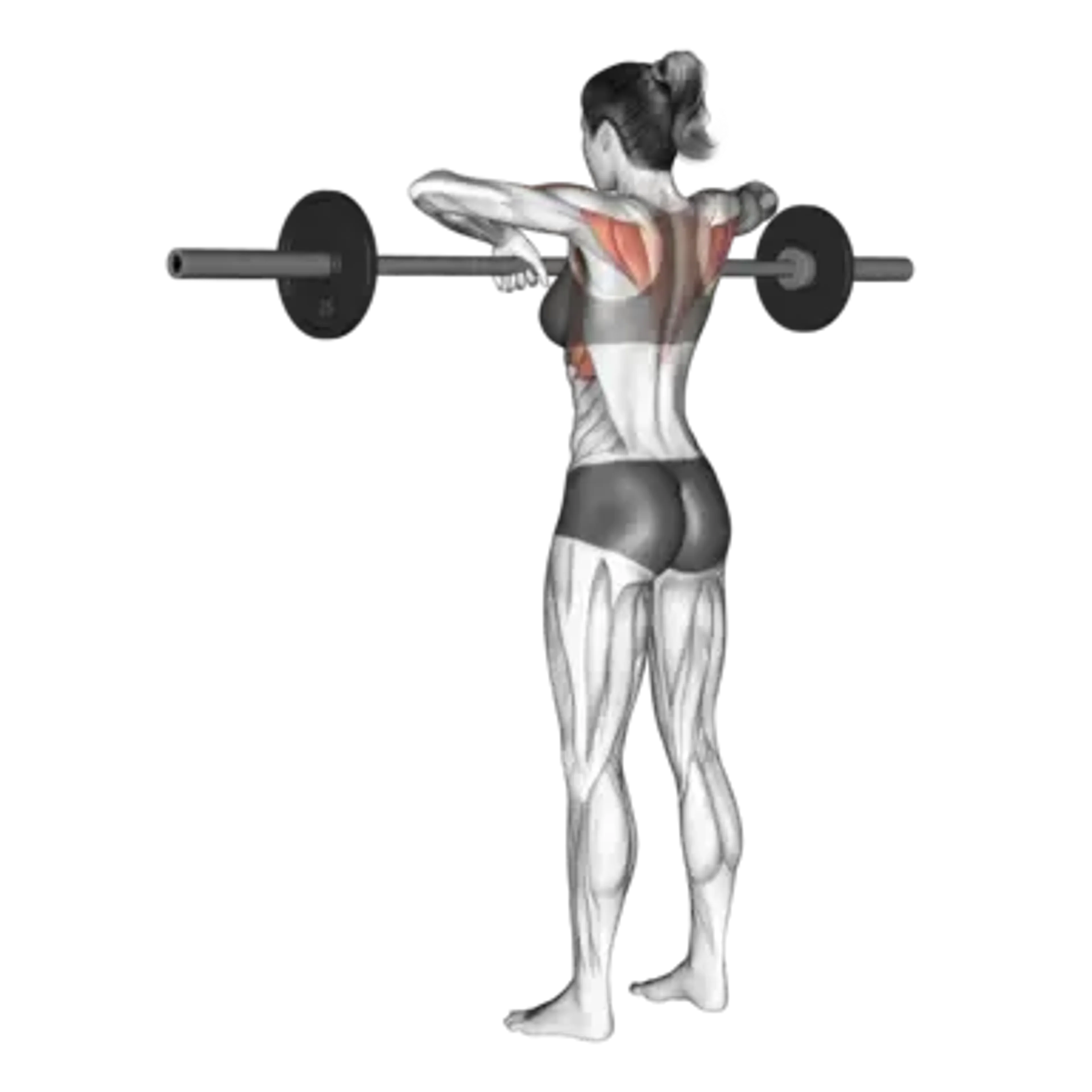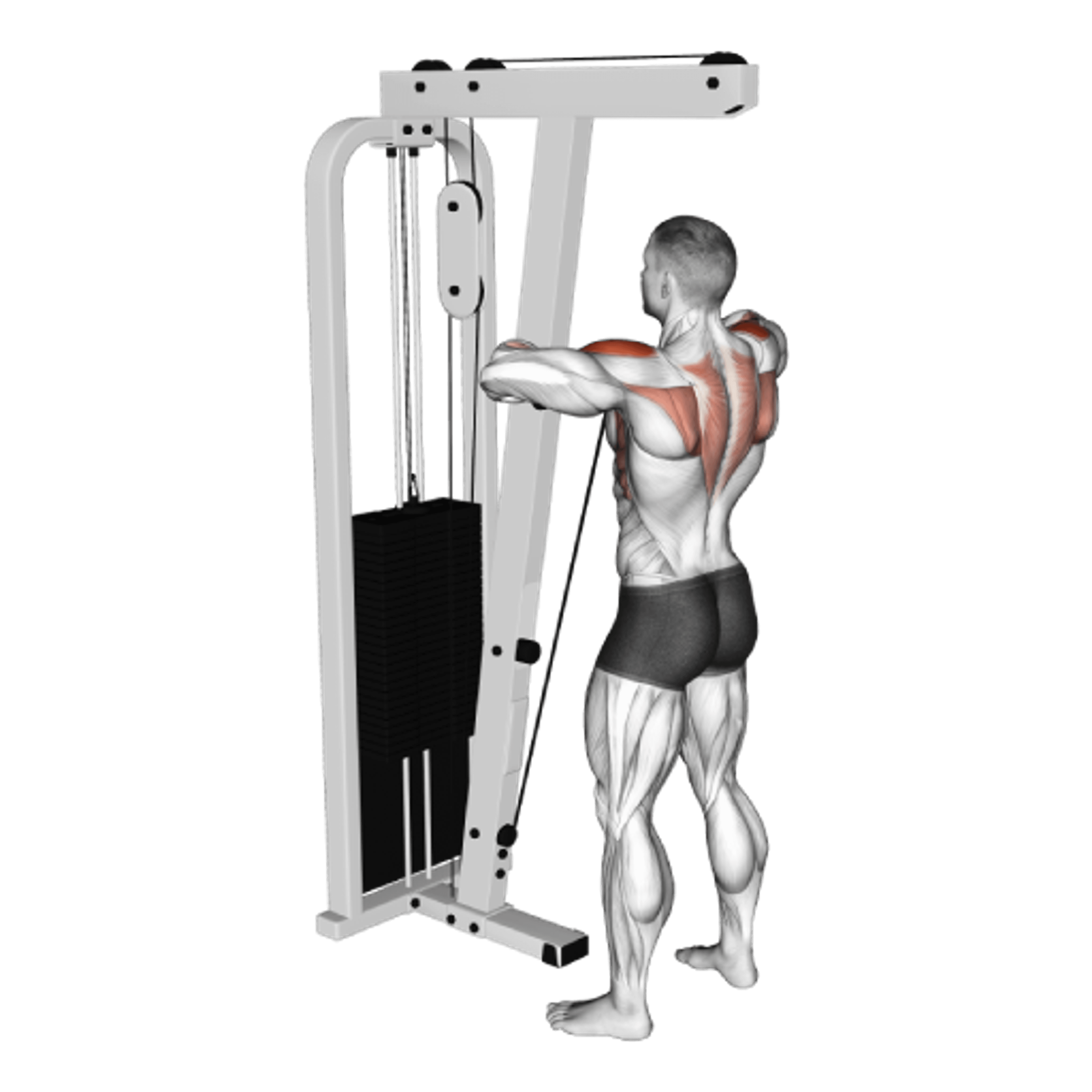Kettlebell Upright Row

Overview
- Primary Focus:
- Shoulders.
- Equipment:
- Kettlebell.
- Difficulty:
- Beginner.
General Information
Kettlebell Upright Row is a compound exercise that primarily targets shoulders and also engages back, biceps, and forearms. It is a beginner-level movement that builds the lateral delts with a compact setup using one or two kettlebells.
It works well for home training or crowded gyms because kettlebells are easy to load and control. A moderate elbow height and elbows‑out path emphasize the delts while keeping the shoulder comfortable.
Use one kettlebell held by the horns for a two‑handed variation, or a pair for independent arms. When you want a simple setup with smooth resistance, choose this over Barbell Upright Row or Smith Machine Upright Row to allow a slightly freer wrist and shoulder path.
Expect a strong lateral‑delt and upper‑trap sensation when elbows lead and the pull stops near shoulder height. Keep reps smooth for consistent mind-muscle connection.
Muscles Worked
- Deltoid
- Primary
- Lower Trapezius
- High
- Biceps Brachii
- Medium
- Brachialis
- Medium
- Brachioradialis
- Minimal
- Serratus Anterior
- Minimal
Instructions
- Hold one kettlebell by the horns (two hands) or a pair by the handles at your thighs with an overhand grip.
- Brace, keep ribs stacked over hips, and set the shoulders down and back slightly.
- Lead with the elbows up and out, keeping the bells close to your body on the ascent.
- Stop around mid‑chest to shoulder height; avoid cranking elbows excessively high or shrugging early.
- Keep wrists neutral and forearms following the elbow path without curling the bells inward.
- Lower under control to the start position and keep your torso still between reps.
- Repeat for the prescribed reps with smooth tempo and consistent form.
Common Mistakes
Injuries
Kettlebell Upright Row is a medium risk exercise when performed with proper technique.
Mind wrist and shoulder comfort; keep elbows at or just below shoulder height and avoid yanking the bells. Use moderate loads and a path that feels natural for your structure.
If pinching occurs, reduce range, decrease load, or switch to dumbbells or a cable. Stop the set if sharp pain or numbness develops.
Alternative Exercises

Frequently Asked Questions
- Q: Should I use one kettlebell or two?
Use one kettlebell for a simple two‑handed version or two lighter kettlebells for even loading per arm. Choose the option that lets you keep elbows leading and the path smooth.
- Q: What rep range is best?
Moderate sets of 10-15 work well for consistent technique and shoulder comfort. Heavier sets often encourage excessive height or shrugging.
- Q: How do I protect my wrists?
Grip firmly, keep wrists stacked under the handles, and avoid curling at the top. If needed, shorten range slightly or switch to dumbbells for more freedom.
- Q: Can this replace lateral raises?
It complements but does not replace lateral raises. Upright rows are a compound pull; raises isolate the medial delt more directly. Use both for balanced development if shoulders tolerate them.
Overview
- Primary Focus:
- Shoulders.
- Equipment:
- Kettlebell.
- Difficulty:
- Beginner.




